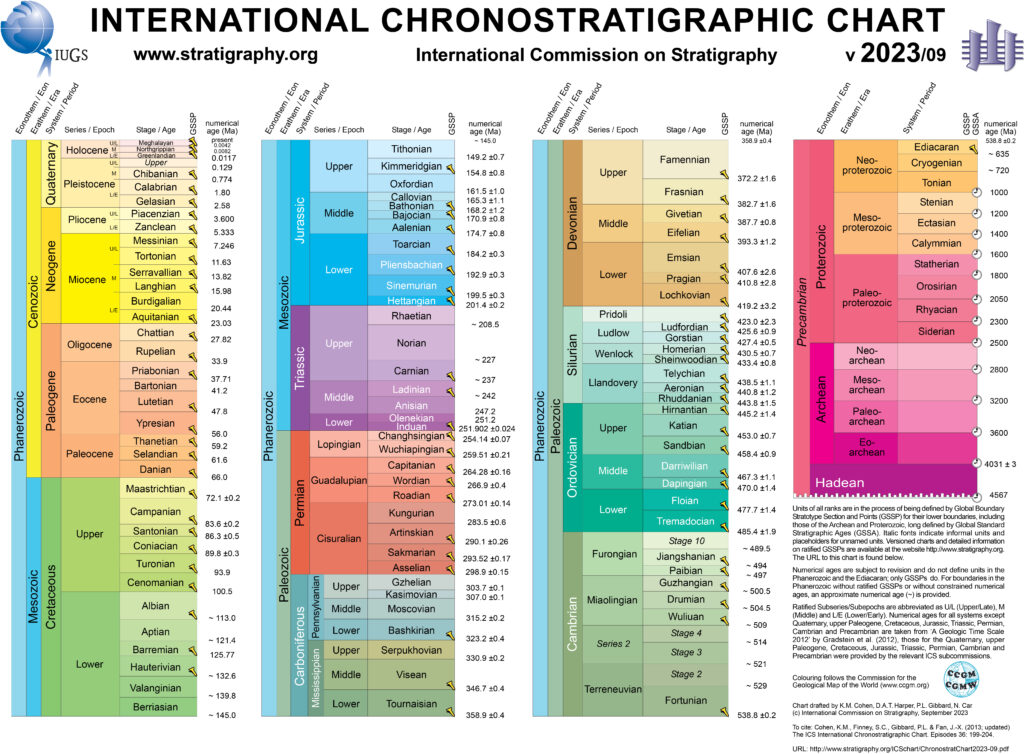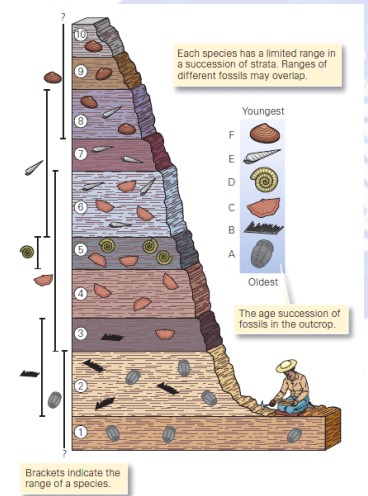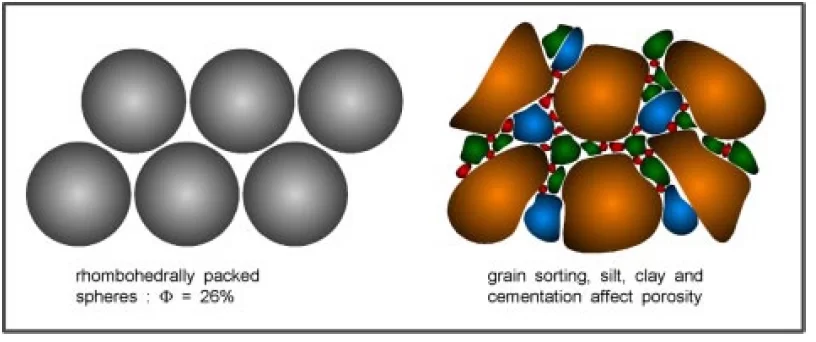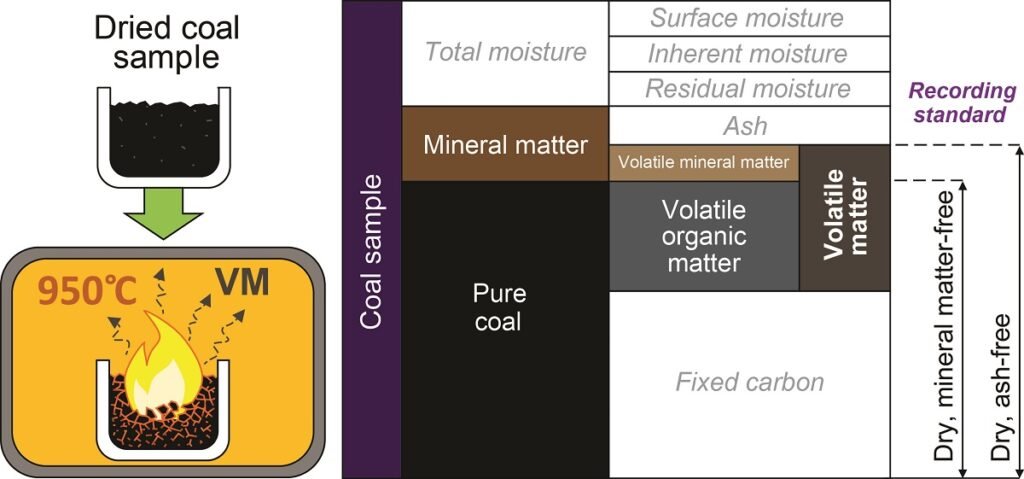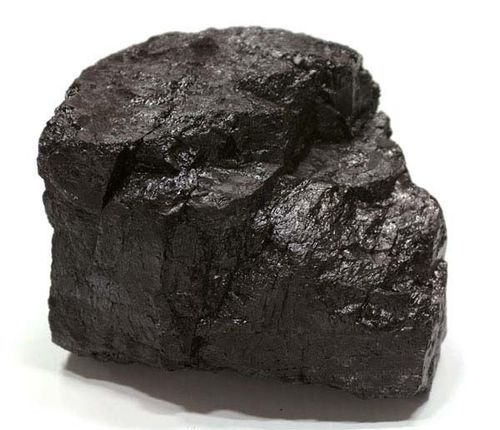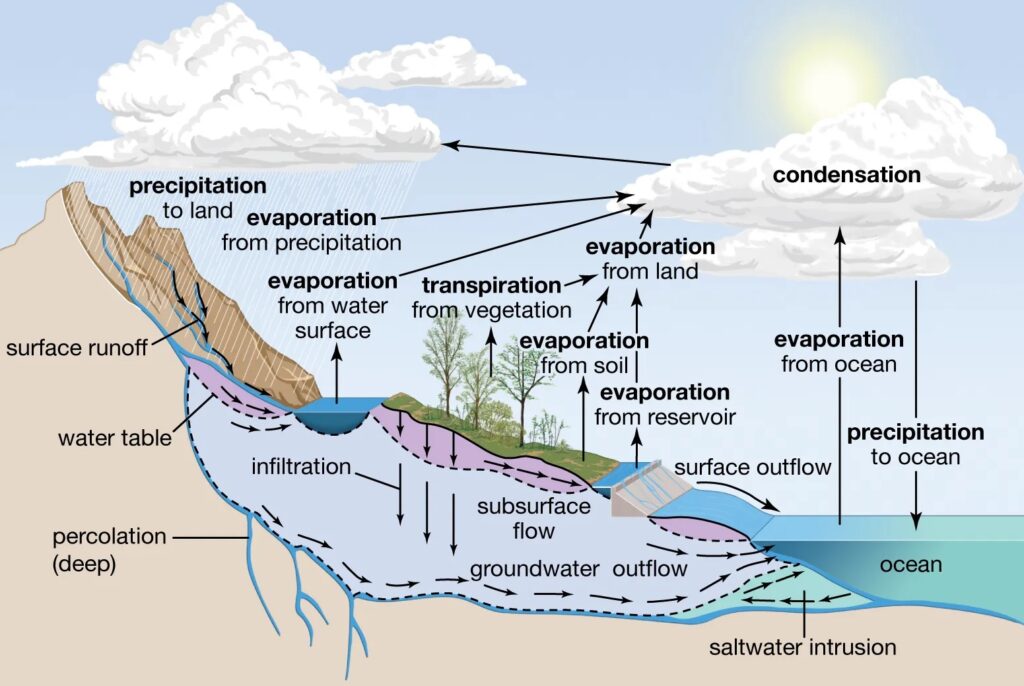Guide to Chronostratigraphy and the Geological Time Scale: From Chronostratigraphic Units to Modern Dating Techniques
Chronostratigraphy Introduction Lithology (Lithostratigraphy): The stratigraphic units described in the preceding lectures are rock units distinguished by: Magnetic characteristics Fossil content (Biostratigraphy) Seismic reflection characteristics To interpret Earth’s history, stratigraphic units must be related to geologic time. The ages of rock units must be known. Chronostratigraphy: Establishing the time relationship among rock units is called […]
